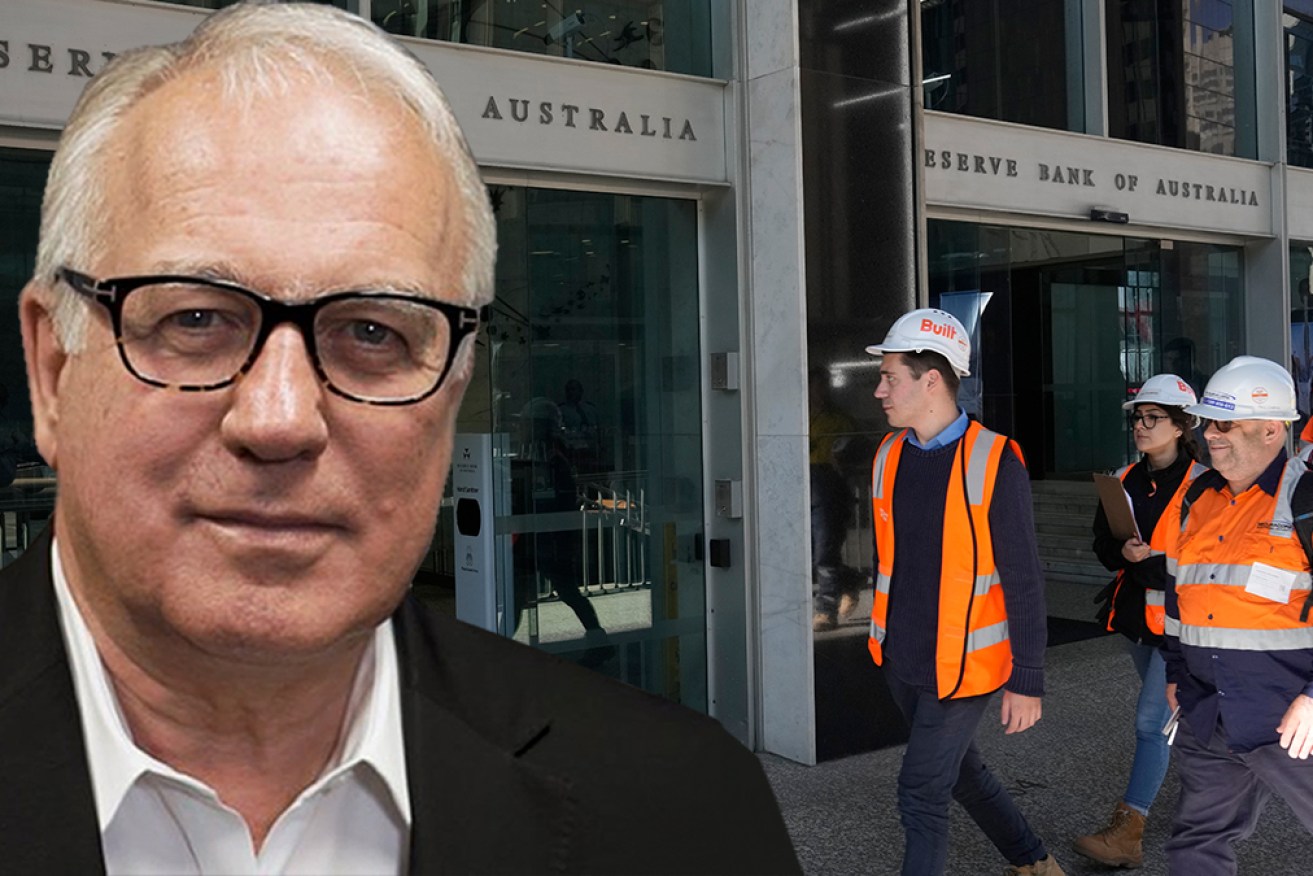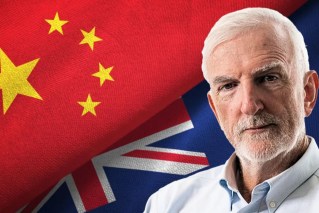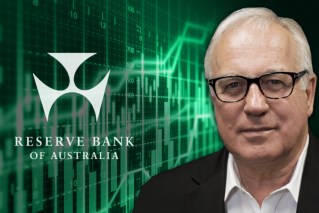Alan Kohler: Employment definition puts Treasury on a collision course with the RBA


Photo: AAP/TND
Last week’s employment white paper was the third in 80 years, but it was the first to define full employment. That might be a problem.
The history of the quest, and not, for full employment is quite instructive.
The first white paper, in 1945, was actually called ‘Full Employment in Australia’, but it didn’t say what it meant, it just assumed everybody knew. Full employment is just that, no need to define it, and the first sentence of the paper was: “Full employment is a fundamental aim of the Commonwealth government.”
The next one, in 1994, didn’t even mention the phrase ‘full employment’, let alone define it.
Instead, it presented an “ambitious vision” which might “put a 5 per cent unemployment rate within our grasp around the turn of the century”, while adding “reducing the unemployment rate even towards 5 per cent will not be easy …”
In fact, 5 per cent unemployment wasn’t achieved until June 2005, five years late, but it averaged about 5 per cent from then until March 2022, when it fell below 4 per cent for the first time since 1974.
Long and short of it
The 1945 white paper was mainly written by HC ‘Nugget’ Coombs for Prime Minister John Curtin and was a crisp example of the Keynesian orthodoxy of the time, taking just 13,000 words to lay out a prescription for full employment, compared with the 120,000-or-so words of the latest effort last week.
Paragraph 28 summed it up: “The policy here outlined is briefly that, if spending and employment tend to decline, governments should stimulate spending, both by their own expenditure and through their monetary and commercial policies, to the extent necessary to avoid unemployment and the consequent waste of resources.”
In other words, it was old-fashioned (but then new) Keynesian fiscal policy. Did it work? Well, last week’s white paper contained this chart of the unemployment rate since Federation, with the three white papers helpfully marked in:
When Nugget Coombs presented his white paper on full employment to John Curtin, the unemployment rate was already under 2 per cent, but thanks to Coombs, who later won the confidence of Sir Robert Menzies and became the first governor of the Reserve Bank in 1959, it stayed around 2 per cent for 30 years, until the great inflation of the 1970s changed everything.
In 1994, Ted Evans was treasury secretary, but Working Nation, as that white paper was called, was all Paul Keating.
In the month he presented it – May 1994 – unemployment was 9.8 per cent, having touched 11.2 per cent in the recession 18 months earlier. Full employment seemed like a dream from a sepia past.
Around this time, the Reserve Bank started focusing on the idea of the NAIRU – non-accelerating inflation rate of unemployment – which was in the process of replacing Milton Friedman’s notion of a natural rate of unemployment. It has since become the standard economists’ definition of full employment.
In a speech in November 1994, then RBA governor Bernie Fraser explained the NAIRU thus: “In simple terms, it is a minimum unemployment rate below which the economy cannot operate for any sustained period without generating wage pressures and pushing up inflation.
“No-one knows precisely what this minimum rate is, but different researchers have suggested a range of 6 to 8 per cent for Australia, with most estimates towards the top of this range.”
It would be fair to say that the NAIRU totally erased the idea that 2 per cent unemployment was either possible or desirable: The unemployment rate “below which the economy cannot operate”, according to the RBA, has come down from 6 to 8 per cent to 4.5 per cent, according to the new RBA governor Michele Bullock, well above the current 3.7 per cent.
That was then …
That is both the explicit aim of monetary policy at the moment and the RBA’s forecast for unemployment in 2024. It was also Treasury’s forecast for unemployment in 2024-25 in the federal budget in May.
But that now seems to have changed.
The new white paper, written by Stephen Kennedy’s Treasury and launched by a conga line of politicians last week – Treasurer Jim Chalmers and no less than four other cabinet ministers, the state treasurer and local member – says the government’s objective “is sustained and inclusive full employment”.
No number was given, but instead this definition, chanted often by Jim Chalmers last week: “Everyone who wants a job should be able to find one without searching for too long. We want people to be in decent jobs that are secure and fairly paid.”
More importantly, the white paper tips a bucket on the NAIRU.
“Discussions of full employment,” it says, “have often too narrowly centred around statistical estimates or assumptions of cyclical full employment – such as the non-accelerating inflation rate of unemployment, or the NAIRU.”
It goes on: “… the NAIRU has several shortcomings as a measure of full employment. It evolves over time, is difficult to measure and does not capture the full potential of the workforce. (It) is also difficult to estimate accurately.
“Another important limitation of the NAIRU is that it is a measure of unemployment, while other aspects of underutilisation have become increasingly important in the modern labour market. In recent economic downturns, declines in average hours worked have been more important than the rise in unemployment. The number of unemployed people does not comprehensively gauge the extent of underutilisation in the modern labour market.”
But it seems to me that the government’s new definition of full employment must mean a lower unemployment rate than the current 3.7 per cent. There are 539,700 people unemployed, according to the Bureau of Statistics. Do none of those people want a decent, well-paid job without searching too long?
Of course not. The number who qualify to be unemployed under the new definition of full employment must be fewer than that.
At odds with the RBA
If that wasn’t true, or if the government agreed with the RBA that full employment was 4.5 per cent unemployment, there would be no point having another white paper.
Chalmers worked hard last week to deny any suggestion of a conflict with the Reserve Bank, but obviously they now disagree about the most fundamental aim of macroeconomic policy.
I’m with the government; I’ve never seen a convincing argument that 2 per cent unemployment is now impossible.
It’s true that after 1945 there were booms in immigration, babies and construction, including a huge amount of public housing, but there is another immigration boom now and there needs to be another construction boom, and more public housing.
In 1945 government debt was 120 per cent of GDP, four times what it is now, and nobody cared – full employment was pursued through government spending, and economic growth took care of debt-to-GDP.
It’s entirely possible that the Labor government of 2023 will be all talk, no action, about full employment. But if not and they actually go for it, then it will become a challenge for Michele Bullock’s new-look Reserve Bank.
Will they try to prevent it?
Alan Kohler writes twice a week for The New Daily. He is finance presenter on ABC News and founder of Eureka Report









